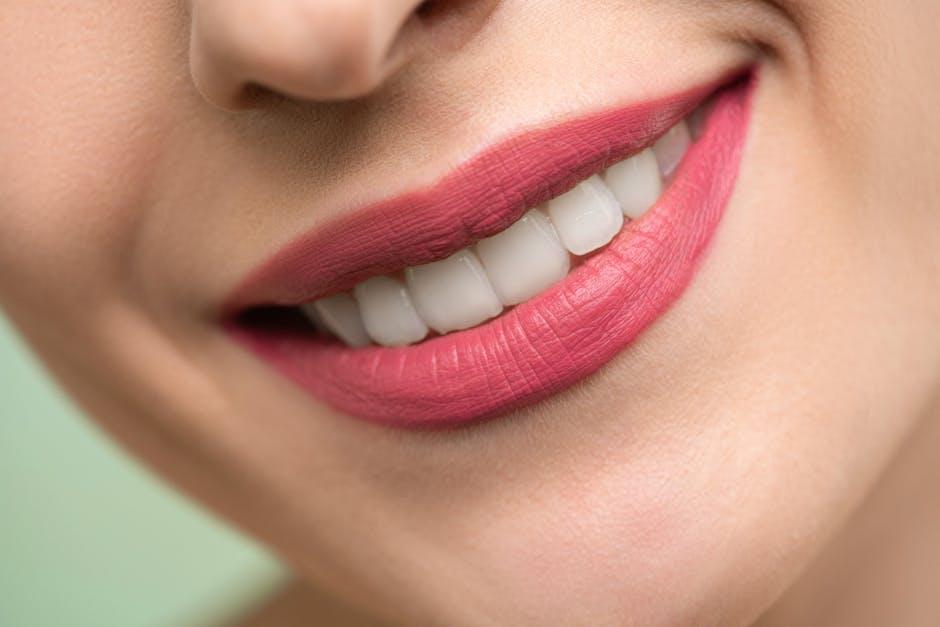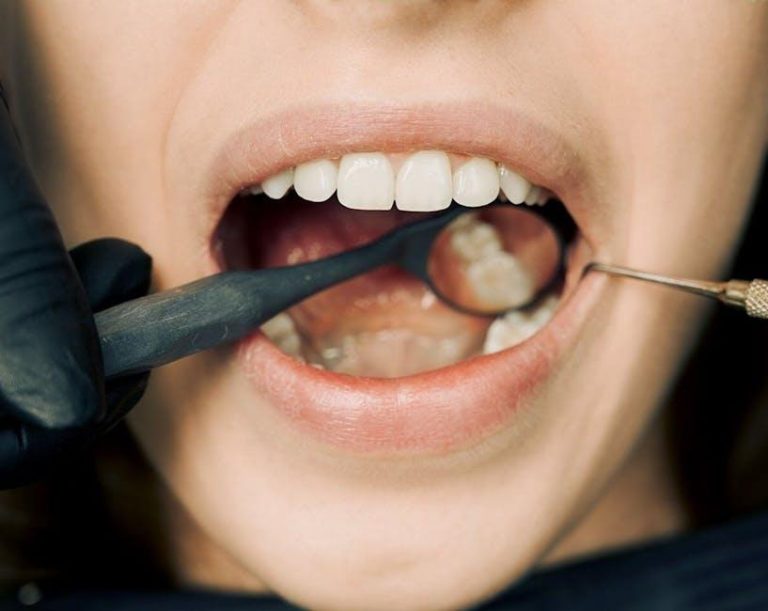
Anecdotes Put Teeth Into Dental Hygiene Lessons – Wake Tech
Dental hygiene education is essential for maintaining oral health and preventing common dental issues such as cavities, gum disease, and bad breath. However, engaging learners and helping them retain knowledge can sometimes be challenging. At Wake Tech, innovative teaching methods are employed to make dental hygiene lessons more relatable and memorable. One of the most effective tools in their arsenal? Anecdotes. This article explores how anecdotes put teeth into dental hygiene lessons, why storytelling enhances oral health education, and practical tips on incorporating anecdotes into your dental hygiene routine.
Why Anecdotes Matter in Dental Hygiene Education
Anecdotes—short, interesting stories based on real-life experiences—have a unique way of connecting with learners. They breathe life into facts and figures, transforming what could be dry information into engaging, meaningful content. Wake Tech utilizes anecdotes to:
- Enhance memory retention: Stories are easier to remember than standalone facts.
- Illustrate real-life consequences: Anecdotes provide vivid examples of what happens without proper dental care.
- Build empathy: Through personal stories, learners appreciate the emotional impact of poor oral hygiene.
- Encourage behavior change: Relatable examples serve as motivation to adopt better oral hygiene habits.
How Wake Tech Integrates Anecdotes Into Their Dental Hygiene Curriculum
Wake Tech’s dental hygiene program recognizes the value of storytelling within their structured curriculum. Instead of expecting students to memorize clinical data alone, instructors enrich lessons by embedding anecdotes in several key areas:
- Patient case studies: Relaying real patient stories about gum disease or tooth decay helps students understand diagnostic and treatment processes.
- Historical anecdotes: Sharing the evolution of dental tools and hygiene practices puts modern techniques into perspective.
- Personal experiences from instructors: Dental hygienists at Wake Tech often share impactful moments from their own careers to inspire students.
Example Anecdote Highlight: The Tale of Toothpaste Neglect
A student once recounted a story about a patient who skipped daily brushing due to a hectic lifestyle. Over time, the patient encountered severe enamel erosion and had to undergo costly restorative treatments. This anecdote dramatically underscored the necessity of consistent dental hygiene.
Benefits of Using Anecdotes in Dental Hygiene Lessons
Beyond improving engagement, anecdotes deliver a range of educational benefits that positively affect learning outcomes. Below is a quick table summarizing the key benefits:
| Benefit | Description |
|---|---|
| Increased Engagement | Stories capture attention and make lessons more enjoyable. |
| Better Understanding | Real-life examples clarify complex dental concepts. |
| Emotional Connection | Learning becomes personal, motivating behavior changes. |
| Improved Retention | Information linked to stories is more likely to be remembered. |
| Critical Thinking | Analyzing stories helps develop problem-solving skills. |
Practical Tips for Incorporating Anecdotes Into Your Dental Hygiene Routine
If you’re an educator, dental professional, or even a parent eager to improve oral hygiene habits, try these tips to use anecdotes effectively:
- Choose relatable stories: Use anecdotes that match your audience’s age and life experiences.
- Keep it brief and focused: Deliver the story clearly without unnecessary details to maintain attention.
- Connect the story to core lessons: Ensure the anecdote reinforces the main dental hygiene message.
- Encourage discussion: Follow up with questions that stimulate reflection on the story’s lessons.
- Share personal experiences: Authenticity enhances trust and impact.
Case Study: Wake Tech’s Success With Anecdotal Learning
Wake Tech recently conducted a pilot study to determine the effectiveness of anecdotes in their dental hygiene program. Two groups of students were taught the same curriculum — one with traditional lectures and the other incorporating anecdotal examples.
The results were compelling:
- Improved exam scores: The anecdote group scored 18% higher on retention and application-based questions.
- Higher participation: Students in the anecdotal group were 40% more likely to ask questions and engage in discussions.
- Positive feedback: Learners reported feeling more connected and motivated to practice good oral hygiene themselves.
Firsthand Experience: A Wake Tech Instructor’s Perspective
“When I first started teaching dental hygiene, I noticed students struggled to understand how the concepts applied in real life. Integrating patient stories and my own clinical experiences transformed my lessons. Students now approach oral health with enthusiasm and a deeper sense of responsibility.”
— Sarah M., Dental Hygiene Instructor at Wake Tech
Conclusion
Anecdotes are more than just storytelling tools — they are powerful educational instruments that put teeth into dental hygiene lessons. Wake Tech’s innovative approach demonstrates that weaving real-life stories and experiences into dental hygiene education can significantly enhance student engagement, comprehension, and retention. Whether you’re a dental professional, educator, or a caregiver, incorporating anecdotes into your oral health teaching methods can motivate better habits and foster a lifetime commitment to dental wellness.
Start by sharing one meaningful story today and watch how it transforms your dental hygiene lessons from ordinary to extraordinary!


